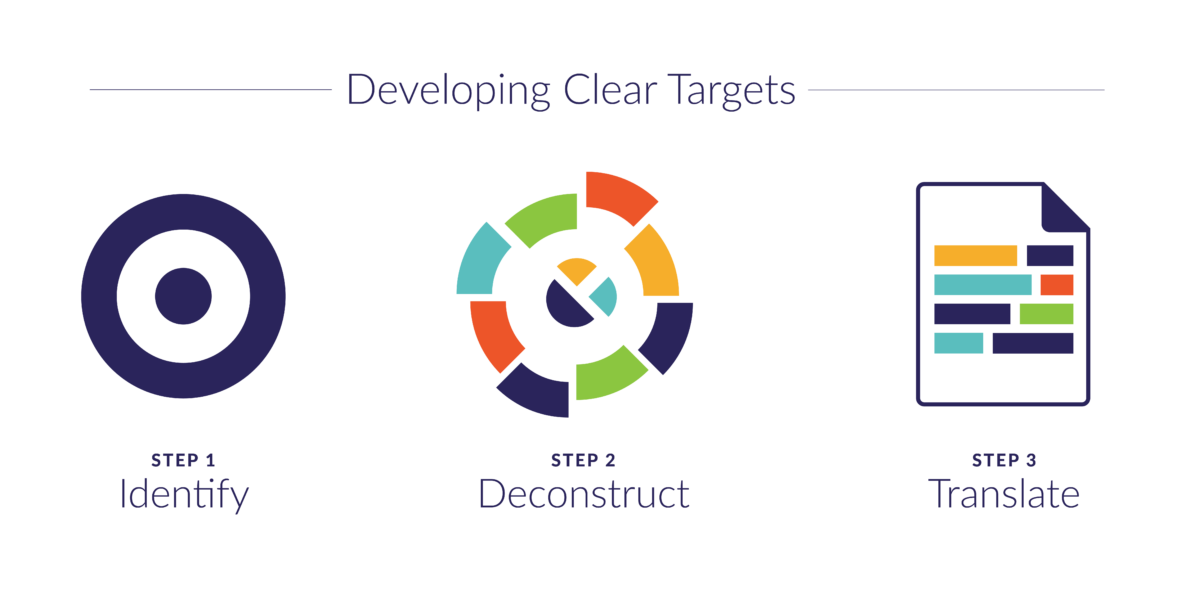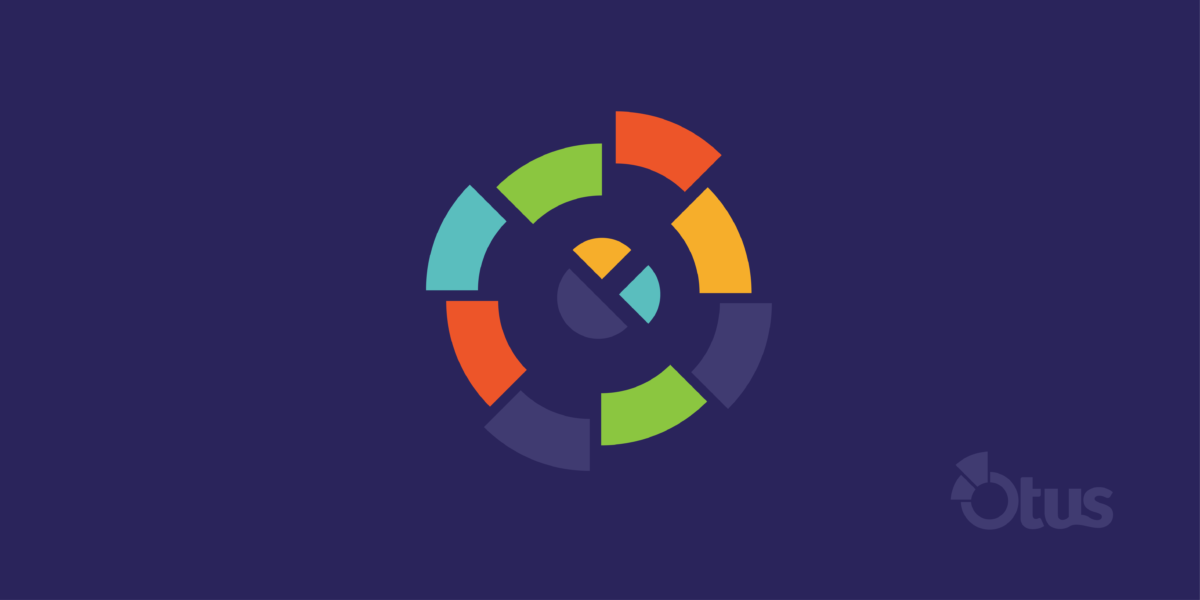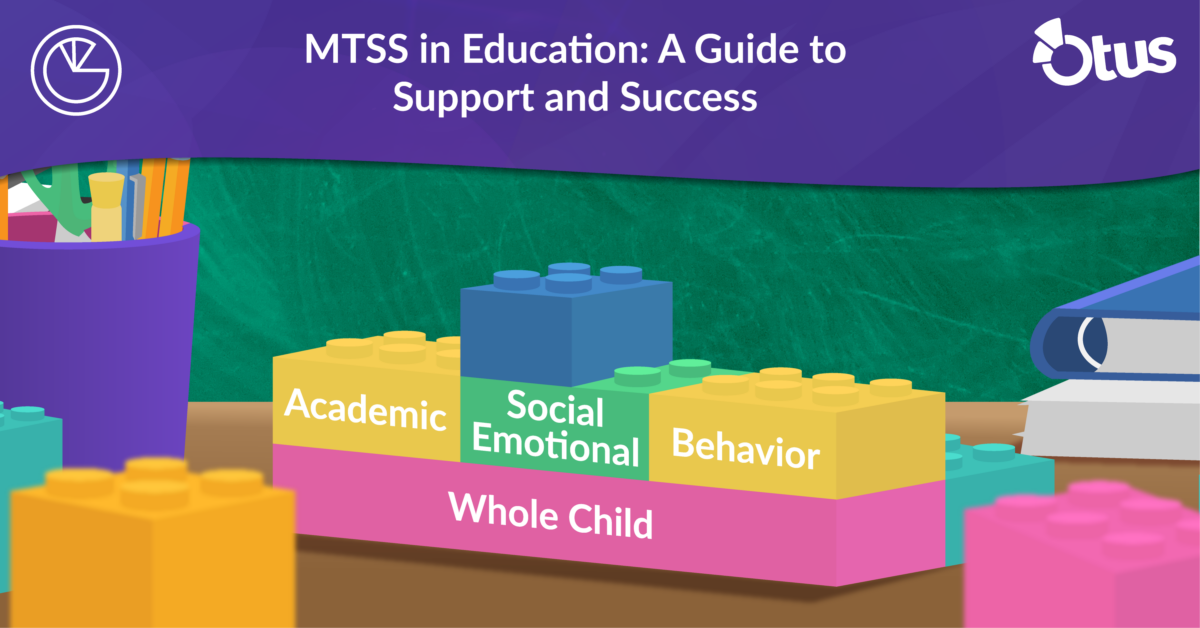Second in a series on the keys to quality assessment.
In a previous post, Finding Purpose is Paramount for Quality Assessments, we discussed the idea of clear purpose as the first key to quality assessment. Here we will discuss the need for clear targets.
Once you have achieved clarity around the purpose of the assessment, ensure your assessment has clear targets that are appropriately determined by the format of the assessment. In an upcoming post on assessment design, I will delve deeper into the match between targets and assessment format.
Clear targets are statements defining what students should know and be able to do conveyed in student-friendly language. Student friendly = Parent friendly = Teacher friendly.
Often, the standards educators are given to guide their work are written in language designed for educators. The wording of standards can create a great deal of debate around how the standards define the expected learning. To provide students a clear picture of what you want them to learn, educators must translate these standards into clear and understandable language.
Think of the learning targets as the destination of a journey. A clear definition of where students need to travel helps teachers and students identify when students are on the right path.

Identify target type
This starts with making sure teachers understand the learning targets. Teacher understanding starts with identifying the type of target. Chappuis et al. have identified five types of learning targets: knowledge, reasoning, skill, product, and disposition.1
Understanding the type of learning intended will help the teacher stay focused on the destination. Developing a common understanding among a group of teachers will take time and discussion because the language used in learning standards is often open to interpretation.
Deconstruction
Once teachers identify the type of learning intended, they need to deconstruct the standard. The process of deconstruction involves identifying the underlying knowledge, reasoning, and skills necessary to achieve the standard. Students need the building blocks to complete the final structure.Think of the building blocks as landmarks along the journey that will help the student confirm they are on the right route. Knowing the necessary building blocks will help the teacher and students identify gaps in learning if a student struggles with the overall target. Students can also help identify the building blocks as part of the deconstruction process. A teacher could share the final destination (target) and ask students to identify what they need to know and be able to do to arrive at that destination.
Translation
The final step in the journey toward clear targets is to translate the targets into student-friendly language. This ensures the target isn’t written in educationese and can be meaningless to students. Teachers will likely need to define key terms in student-friendly language. Defining the key terms for students is a more effective practice than replacing the terms. By defining the key terms, the students still experience and begin to learn the academic language. If teachers simply replace key terms with more simplified versions, students may struggle to make the connection between the simplified term and the term they will need to understand in the future. Having students try out the process of translating learning targets into student-friendly language can be a powerful experience. The more students understand and can articulate the learning targets, the more successful they will be.
Benefits
Chappuis et al. identify the benefits of clear targets below.
| Benefits of clear targets |
| To teachers |
| 1. Knowing what to teach 2. Knowing what to assess 3. Knowing what instructional activities to plan 4. Avoiding “coverage” at the expense of learning 5. Ability to interpret and use assessment results 6. System for tracking and reporting information 7. Common ground for working collaboratively with other teachers |
| To students |
| 1. Understand what they are responsible for learning 2. Understanding and acting on feedback 3. Being prepared to self-assess and set goals 4. Being able to track, reflect on, and share their own progress |
| To parents |
| 1. Helping children at home 2. Understanding the grade report 3. Focusing discussions at conferences |
1. Jan Chappuis, Rick Stiggins, Steve Chappuis, and Judith Arter, Classroom Assessment for Student Learning, Doing it Right—Using it Well, 2nd ed. (Boston: Pearson, 2012).




